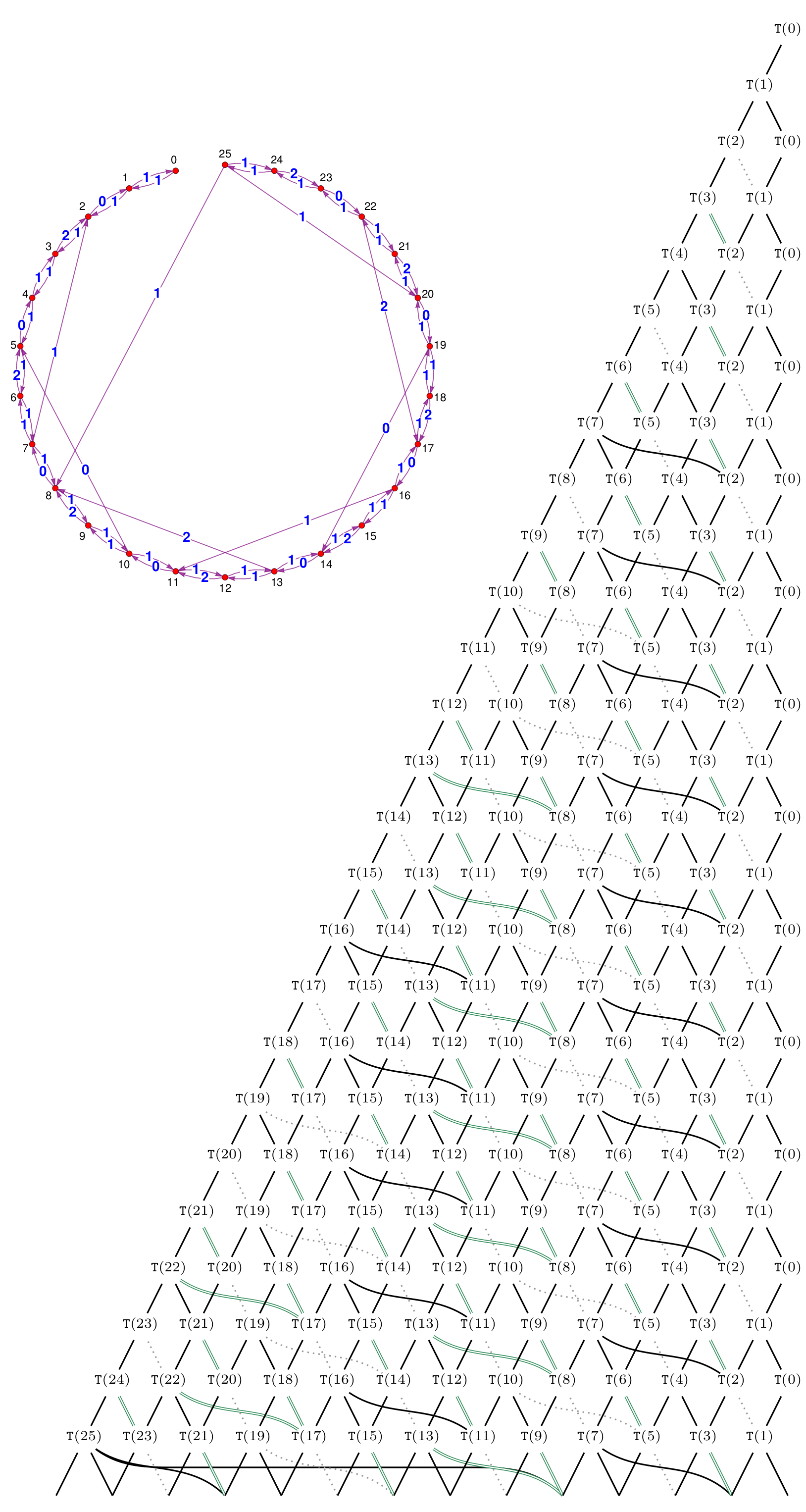Data
- Title: \(\mathrm{SL}_{2}\) tilting modules in the mixed case
- Authors: Louise Sutton, Daniel Tubbenhauer, Paul Wedrich and Jieru Zhu
- Status: Selecta Math. (N.S.) 29 (2023), no. 3, 39. Last update: Mon, 17 May 2021 10:52:03 UTC
- ArXiv link: https://arxiv.org/abs/2105.07724
- ArXiv version = 0.99 published version (will be updated soon)
- LaTex Beamer presentation: Slides, Slides2, Slides3, Slides4
Abstract
Using the non-semisimple Temperley-Lieb calculus, we study the additive and monoidal structure of the category of tilting modules for \(\mathrm{SL}_{2}\) in the mixed case. This simultaneously generalizes the semisimple situation, the case of the complex quantum group at a root of unity, and the algebraic group case in positive characteristic. We describe character formulas and give a presentation of the category of tilting modules as an additive category via a quiver with relations. Turning to the monoidal structure, we describe fusion rules and obtain an explicit recursive description of the appropriate analog of Jones-Wenzl projectors. We also discuss certain theta values, the tensor ideals, mixed Verlinde quotients and the non-degeneracy of the braiding.
A few extra words
In this paper we study categories of representations of \(\mathrm{SL}_{2}(\mathbb{K})\), or its associated quantum group quantized by using an invertible variable q, in the so-called mixed case or mixed characteristic. This can be thought of as the culmination of the following cases:
- The semisimple case where \(\mathbb{K}\) is for example the field of complex numbers.
- The complex quantum group case (at a root of unity) where \(\mathbb{K}\) is a field containing the complex numbers, one works with the quantum group and q is a root of unity in \(\mathbb{K}\).
- Characteristic p where \(\mathbb{K}\) is for example an algebraically closed field of prime characteristic.
- The “everything else” case, where one works with the quantum group, q is a root of unity in \(\mathbb{K}\), and \(\mathbb{K}\) is of prime characteristic.



